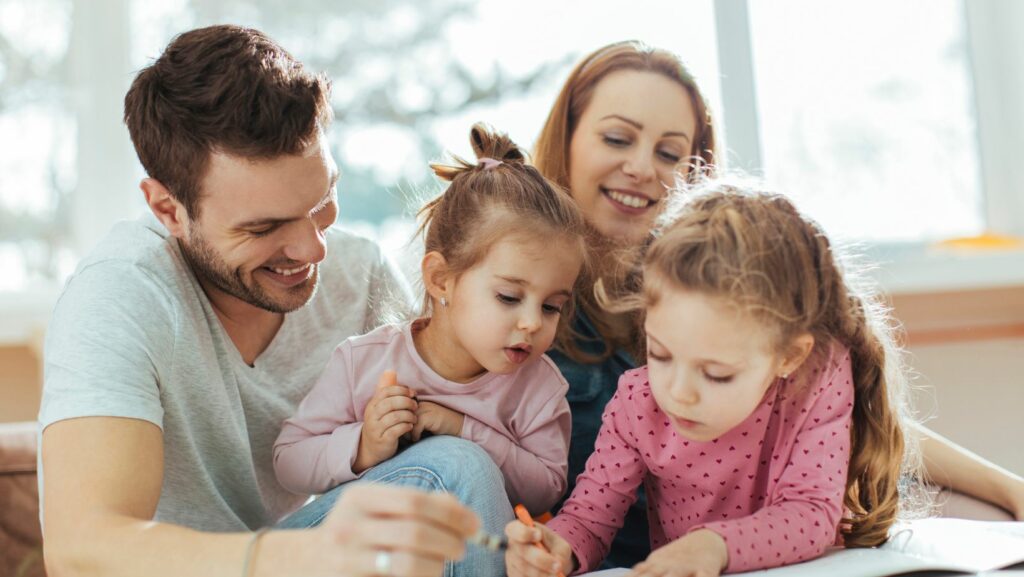In today’s fast-paced world, kids often face a whirlwind of activities and emotions. From school pressures to extracurricular commitments, their young minds can easily become overwhelmed. Mindfulness offers a powerful tool to help children navigate these challenges with ease and confidence. By teaching kids to focus on the present moment, mindfulness can enhance their emotional well-being and boost their concentration.
Introducing mindfulness to kids doesn’t have to be complex or time-consuming. With the right tips and techniques, even the youngest children can learn to embrace mindfulness, paving the way for healthier, happier futures.
Understanding Mindfulness for Kids
Mindfulness involves focusing on the present moment without judgment. Children engaging in mindfulness learn to tune into their thoughts and feelings with a non-reactive approach, fostering a sense of calm.
What Is Mindfulness?

Mindfulness is a mental practice cultivating awareness and presence. Instead of being distracted by thoughts of past or future, individuals remain grounded in the present. For children, this means paying attention to their senses, emotions, and surroundings. Utilizing simple practices like counting breaths or listening to surrounding sounds, kids can begin integrating mindfulness into daily life.
Benefits of Mindfulness for Children
Mindfulness offers several benefits. Enhanced emotional regulation helps kids manage stress and anxiety effectively. Concentration levels improve as kids learn to focus on tasks at hand. Better sleep patterns emerge, promoting healthier routines. Social skills enhance when kids understand their emotions and those of others, leading to more empathetic interactions.
Mindfulness Tips For Kids
Introducing kids to mindfulness offers them essential skills for coping with stress and fostering emotional resilience. These practical techniques can seamlessly integrate into their daily routines.
Breathing Exercises
Breathing exercises help kids center their attention and calm their minds. One effective method is the “balloon breathing” technique. Children can imagine they’re inflating a balloon as they slowly inhale through their nose, then exhale gently as if releasing air from the balloon. Practicing this exercise for a few minutes promotes relaxation and focus.
Mindful Listening Activities

Mindful listening enhances kids’ awareness and concentration. Engage them with “sound hunt” activities, where children close their eyes and identify different sounds around them, such as bird chirps or distant conversations. By focusing on distinct auditory inputs, kids can heighten their sensory awareness and foster a sense of tranquility.
Guided Meditation for Children
Guided meditation introduces kids to structured mindfulness practices. Short stories with calming themes or visualizations can guide them through a meditative experience. Apps designed for children often utilize these techniques to help them visualize peaceful scenes, encouraging a state of relaxation and mindfulness. Regular practice can improve emotional regulation and concentration.
Resources for Teaching Mindfulness to Kids
Incorporating mindfulness into children’s routines can be enriched with a variety of resources. From books to apps, there are tools available to help deepen their mindfulness journey.
Books and Apps

Books like “Mindful Monkey, Happy Panda” and “Breathe Like a Bear” introduce mindfulness through engaging stories and exercises. These books break down concepts into child-friendly language and activities that spark curiosity and understanding. Apps such as “Smiling Mind” and “Mindfulness for Children” offer interactive and guided practices that children can engage with independently or alongside caregivers, making mindfulness tips for kids anytime.
Online Courses and Workshops
Online courses, such as those offered by Mindful Schools, provide structured mindfulness curricula tailored for children. These courses cover essential mindfulness tips for kids and provide well-crafted lessons that empower kids with skills to manage stress and emotions effectively. Workshops offered by experts often include activities and exercises that translate classroom learning into daily practice, reinforcing mindfulness habits over time.
Simple practices like mindful breathing and listening activities not only improve concentration but also foster creativity and empathy. Parents and educators play a crucial role in creating environments that support these practices, whether at home or in the classroom. With the help of engaging resources like books and apps, children can explore mindfulness in an enjoyable way, paving the path for healthier, happier futures.

